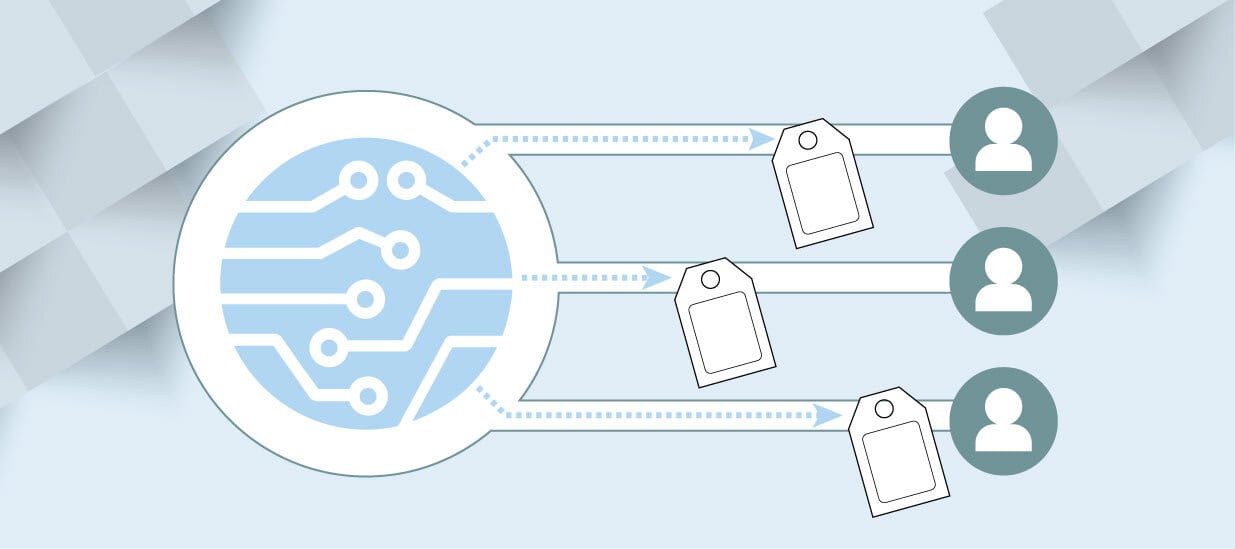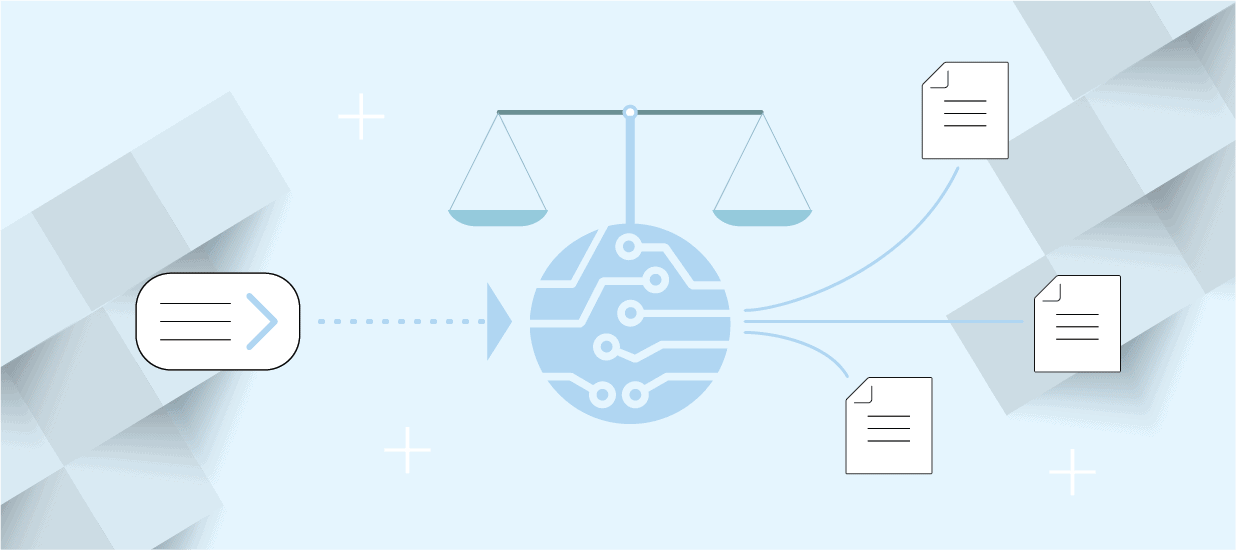Are AI Pricing Algorithms an opportunity to increase your profit and efficiency or are they actually a compliance risk? This article talks about both sides and offers a checklist for responsible AI pricing.
In August 2024, the U.S. Department of Justice sued RealPage Inc., a Texas-based property tech company, alleging their AI-powered apartment pricing software created an “unlawful scheme to decrease competition among landlords.” Buried in the lawsuit details was a remarkable fact: RealPage’s algorithm could analyze individual renter behavior, local market conditions, and willingness-to-pay signals to set optimal prices for each apartment in real-time.
In other words, RealPage got in legal trouble for achieving what pricing teams have dreamed of for decades: moving beyond crude market segments to capture individual customer willingness to pay.
Understanding AI Pricing
What are the upsides of using AI pricing and what are the potential risks if you don’t implement and use if responsibly? Let’s look at both sides of the AI pricing conversation and discuss how organizations can implement it in a responsible way.
The Holy Grail of Pricing Strategies is in Reach
For years, Pragmatic Institute has taught that optimal pricing requires understanding the market’s willingness to pay, in other words, the maximum amount they’ll spend for your product’s specific value in their particular context. The tricky part is that while optimal, it hasn’t always been feasible to understand the detailed context of a specific buyer’s purchase. . That’s why traditional pricing methods leverage broad approximations: enterprise vs. SMB, new customer vs. renewal, industry verticals. We’ve always known these segments were imperfect proxies for an individual’s actual willingness to pay.
AI-powered dynamic pricing changes everything. Instead of asking “What do software companies typically pay for this solution?” algorithms can now analyze questions like: How long did this specific buyer spend researching alternatives? What features did they demo repeatedly? How urgent is their implementation timeline? What’s their company’s growth trajectory? How price-sensitive were their previous purchase decisions?
AI doesn’t determine willingness to pay, but it helps you detect and respond to it. The algorithm builds a real-time profile for each individual buyer, but your pricing strategy, value proposition, and customer communication still drive what that willingness to pay actually is. AI makes individual pricing possible; human strategy makes it profitable.
The revenue impact is transformative. McKinsey research shows that dynamic pricing typically delivers “sales growth of 2 to 5 percent and increases of 5 to 10 percent in margins” for retailers. More importantly, they’re capturing value that was previously left on the table by charging premium prices to buyers who value the solution highly while remaining competitive for price-sensitive prospects.
This isn’t surge pricing for ride-sharing. It’s AI-driven precision pricing for complex B2B solutions where willingness to pay varies dramatically based on use case, urgency, competitive landscape, and dozens of other factors that algorithms can now track and analyze in ways humans never could.
Why Regulatory Risk Could Kill AI Pricing
RealPage’s experience reveals important lessons for companies building these capabilities: the same AI technologies that enable real-time pricing optimization require new approaches to compliance and risk management. Three emerging challenges are reshaping how companies implement dynamic pricing:
Algorithmic Pricing Collusion: When Competitor Data Sharing Becomes Price Fixing
RealPage’s core problem wasn’t AI, it was data sharing. The DOJ alleged that competing landlords shared “nonpublic, competitively sensitive information about rental rates and lease terms” by all using RealPage’s platform, which the algorithm then used to coordinate pricing across competitors.
The AI amplification effect: Traditional price coordination required explicit agreements and direct communication between competitors. AI pricing platforms can achieve the same coordination effect through shared data and algorithmic recommendations, even without explicit agreements between competitors.
In March 2024, the FTC warned that “you can’t use an algorithm to evade the law banning price-fixing agreements” and that “an agreement to use shared pricing recommendations, lists, calculations, or algorithms can still be unlawful even where co-conspirators retain some pricing discretion.”
B2B implications to consider: Does your AI pricing vendor pool data from multiple customers in your industry? Do they provide “market pricing recommendations” based on aggregated competitor data? Understanding these relationships helps you build competitive advantages while remaining compliant.
Discriminatory Pricing: When Willingness-to-Pay Becomes Bias
AI-driven willingness-to-pay analysis is powerful precisely because it can detect subtle patterns in customer behavior. But those same patterns can inadvertently discriminate against protected groups.
ProPublica found that The Princeton Review charged different prices for the same SAT prep course based on ZIP code, with the same $6,600 course costing as much as $8,400 in different areas. Their analysis revealed that “Asians were nearly twice as likely to get that higher price” than non-Asians, even though the company insisted pricing reflected business costs, not discrimination. It’s the results, not intent, that ultimately matter in AI discrimination.
The bias amplification problem: AI pricing algorithms can perpetuate and amplify existing market biases because they learn from historical transaction data that may already contain discriminatory patterns.
Colorado became the first state to directly address this risk in 2024, requiring AI developers to “use reasonable care to protect consumers from any known or reasonably foreseeable risks of algorithmic discrimination.” The Federal Trade Commission has indicated it will bring more enforcement actions targeting AI algorithms that produce discriminatory outcomes.
B2B implications to consider: Can your AI pricing algorithm explain why it recommends different prices for similar customers? Have you audited pricing recommendations for potential bias based on company demographics, geography, or other protected characteristics?
Black Box Pricing Transparency: When You Can’t Defend Your Pricing Decisions
Perhaps the most dangerous risk is the simplest: AI pricing algorithms are often “black boxes” whose decision-making processes aren’t easily explained, even by the people who built them. This creates a major challenge when regulators, customers or courts demand justification for pricing decisions.
In the RealPage case, landlords couldn’t easily explain why the algorithm recommended specific rent increases. The DOJ argued this lack of transparency was evidence of coordination rather than independent business judgment.
The explainability problem: Modern AI algorithms achieve better accuracy by analyzing thousands of variables through complex neural networks that don’t produce human-readable decision trees. The more sophisticated the algorithm, the harder it becomes to explain its specific pricing recommendations.
B2B implications to consider: If a customer or regulator asked you to explain why your AI recommended different pricing strategies, could you provide clear business justifications? Building this explainability also enables better sales conversations, stronger customer relationships, and more strategic pricing decisions.
Product Manager’s Checklist for Responsible AI Pricing
The goal isn’t to avoid AI pricing; the competitive advantages are too significant. The goal is to implement willingness-to-pay optimization while building defensible compliance safeguards. It’s about building confidence, reducing risk, and staying ready when the hard questions come. Here’s your roadmap:
Clarity: Can You Explain How your AI Pricing Works?
- Define Model Logic: What does the algorithm do? How does it weigh variables to set prices? Include what the vendor or developers say the model is designed to do. Summarize any official explanations, whitepapers, or support docs that describe how the pricing engine works.
- Build Explainability Layers: Create non-technical explanations for stakeholders, regulators, and customer service teams.
- Document Target Products or Categories: Which products, services, regions or customer segments will the model impact?
Trust: Is Your Data Fair and Valid?
- Validate Training Data: Is the data recent, representative and free of gaps or skews (e.g., seasonal, geographic, or demographic)?
- Bias Mitigation: Have we identified and addressed potential bias in our data or model? Conduct pre-launch audits to surface disparate impacts (e.g., ZIP code pricing, loyalty penalties).
- Run Controlled A/B Tests: Compare AI pricing to current methods in a low-risk environment first.
Guardrails: Are You In Control?
- Set Business Rules & Guardrails: Define hard limits on price changes (e.g., price floors/ceilings, rate of change per day).
- Establish Oversight Protocols: Who owns the responsibility for monitoring and adjusting pricing decisions over time?
- Establish Real-Time Monitoring: Set up dashboards to track pricing outputs, anomalies and business impacts.
Backup Plan: What If Something Goes Wrong?
- Create a Crisis Response Plan: Know how to pause or roll back AI pricing if needed. Keep logs of decisions, model versions, and changes.
- Prep Support Teams: Train CS teams to explain price changes clearly and handle sensitive cases with empathy. What happens when a customer questions a price or challenges its fairness?
- Build a Rollback Plan: Can you pause or revert AI pricing quickly if it goes off the rails?
Phasing Your Implementation
- Crawl: Run A/B test on renewal pricing or specific product lines
- Walk: Expand to new customer acquisition in select segments
- Run: Implement Full dynamic pricing across portfolio with real-time optimization
The Bottom Line of AI Pricing: Act Now, But Act Carefully
Real-time dynamic pricing through AI represents one of the biggest advancements in pricing methodology in decades. But the competitive advantage comes from combining algorithmic insights with strategic human judgment. Companies that master this balance will gain a significant edge in both revenue optimization and customer value delivery. That will take AI training for product managers and others involved decision-making processes.
The window for competitive advantage is open now, and first movers have an opportunity to build sustainable advantages before they become table stakes. But only if they can seize the opportunity while managing the risks responsibly.
Author
-

The Pragmatic Editorial Team comprises a diverse team of writers, researchers, and subject matter experts. We are trained to share Pragmatic Institute’s insights and useful information to guide product, data, and design professionals on their career development journeys. Pragmatic Institute is the global leader in Product, Data, and Design training and certification programs for working professionals. Since 1993, we’ve issued over 250,000 product management and product marketing certifications to professionals at companies around the globe. For questions or inquiries, please contact [email protected].
View all posts







